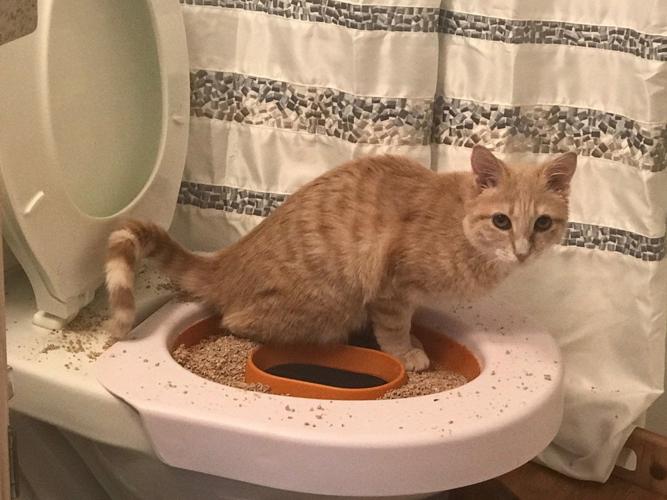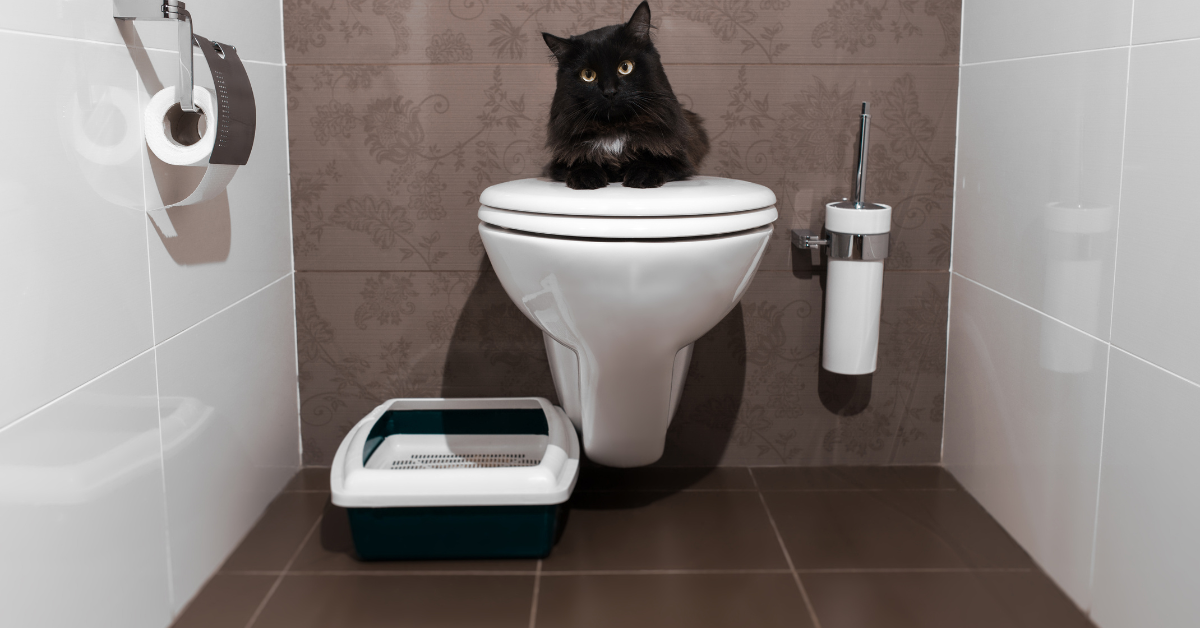Understanding the Harms of Flushing Animal Waste Down the Toilet
Understanding the Harms of Flushing Animal Waste Down the Toilet
Blog Article
Presented here down the page you'll find a lot of good insight on the subject of 4 Reasons Why Dog Poop Cleanup is Important.

When it pertains to dealing with waste, especially animal waste, many individuals typically turn to the convenient choice of flushing it down the bathroom. Nonetheless, this apparently simple option can have significant effects for the setting and public health. In this article, we'll explore why flushing animal waste down the toilet is a bad idea and give alternative techniques for appropriate disposal.
Introduction
Proper garbage disposal is vital for preserving ecological sustainability and public health. While it might appear safe to purge animal waste down the commode, it can cause different issues, both for the environment and human health.
Threats of flushing animal waste
Environmental influence
Flushing pet waste presents damaging bacteria and virus right into waterways, which can adversely affect aquatic ecological communities. These microorganisms can infect water sources and injury marine life, disrupting delicate ecosystems.
Public health worries
Pet waste contains unsafe germs such as E. coli and Salmonella, which can posture serious health and wellness risks to people. Purging animal waste down the bathroom can contaminate water supplies, causing the spread of diseases and infections.
Alternatives to flushing
Instead of purging pet waste down the commode, there are numerous alternative disposal techniques that are extra environmentally friendly and sanitary.
Composting
Composting pet waste is a green method to take care of it. By composting, raw material is broken down right into nutrient-rich soil, which can be utilized to fertilize gardens and plants.
Land fill disposal
Taking care of animal waste in a landfill is another option. While not as eco-friendly as composting, it is a much safer choice to flushing, as it prevents the contamination of water sources.
Pet dog waste disposal systems
There are customized animal garbage disposal systems available that securely and hygienically take care of animal waste. These systems commonly make use of enzymes to break down waste and get rid of smells.
Steps to proper pet waste disposal
To make sure correct disposal of animal waste, comply with these actions:
Scooping and bagging waste
Consistently scoop and bag pet waste making use of biodegradable bags. This avoids waste from polluting website the atmosphere.
Utilizing assigned waste containers
Dispose of bagged pet waste in assigned waste bins, such as compost containers or garbage dump bins. Prevent flushing it down the toilet at all costs.
Cleansing can and family pet areas consistently
Consistently clean litter boxes and pet dog locations to prevent the build-up of waste and germs. Use pet-safe cleansing products to keep hygiene.
Advantages of appropriate disposal approaches
Embracing proper disposal methods for animal waste offers numerous advantages:
Minimized environmental pollution
Proper disposal approaches minimize the threat of environmental pollution, securing waterways and ecological communities from contamination
Reduced risk of water contamination.
By staying clear of flushing animal waste down the commode, the danger of water contamination is substantially decreased, protecting public health.
Improved cleanliness and health
Proper disposal techniques advertise better sanitation and hygiene, creating a more secure environment for both people and animals.
Conclusion
To conclude, purging pet waste down the toilet is hazardous to the environment and public health. By adopting alternative disposal methods and following proper waste management practices, we can reduce the negative influence of animal waste and add to a cleaner, much healthier planet.
What To Do With Dog Poo – The Do's And Don'ts Of Disposing Of Faeces
Dog poo bins
Some councils provide dedicated dog waste bins in popular dog-walking areas that can take dog poo that has been bagged but you can legally dispose of dog waste in any public litter bin, as long as it is securely bagged. This also applies to your wheelie bin at home.
Do not flush
Water companies do not recommend flushing dog faeces down the toilet because certain parasites can survive the water processing treatment and are potentially harmful to humans. You should also never consider flushing dog poo that has been bagged down the toilet as the bags will not break down and instead create severe blockages in the sewage system.
In the woods
The Forestry Commission promotes a ‘stick and flick’ method for dealing with waste in the woods. This means finding a stick and using it to flick any poo from off the path so that it is out of the way of other walkers. You could also bury it as long as it is not in an area where there might be livestock.
Livestock
Parasites found in dog poo can be transmitted to livestock if they inadvertently eat infected faeces that has been left on grazing land. This could result in the death of sheep or abortion in cattle so you should always make sure you pick up your dog’s waste in fields where livestock could be present.

Consistently clean litter boxes and pet dog locations to prevent the build-up of waste and germs. Use pet-safe cleansing products to keep hygiene.
Advantages of appropriate disposal approaches
Embracing proper disposal methods for animal waste offers numerous advantages:
Minimized environmental pollution
Proper disposal approaches minimize the threat of environmental pollution, securing waterways and ecological communities from contamination
Reduced risk of water contamination.
By staying clear of flushing animal waste down the commode, the danger of water contamination is substantially decreased, protecting public health.
Improved cleanliness and health
Proper disposal techniques advertise better sanitation and hygiene, creating a more secure environment for both people and animals.
Conclusion
To conclude, purging pet waste down the toilet is hazardous to the environment and public health. By adopting alternative disposal methods and following proper waste management practices, we can reduce the negative influence of animal waste and add to a cleaner, much healthier planet.
What To Do With Dog Poo – The Do's And Don'ts Of Disposing Of Faeces
Dog poo bins
Some councils provide dedicated dog waste bins in popular dog-walking areas that can take dog poo that has been bagged but you can legally dispose of dog waste in any public litter bin, as long as it is securely bagged. This also applies to your wheelie bin at home.
Do not flush
Water companies do not recommend flushing dog faeces down the toilet because certain parasites can survive the water processing treatment and are potentially harmful to humans. You should also never consider flushing dog poo that has been bagged down the toilet as the bags will not break down and instead create severe blockages in the sewage system.
In the woods
The Forestry Commission promotes a ‘stick and flick’ method for dealing with waste in the woods. This means finding a stick and using it to flick any poo from off the path so that it is out of the way of other walkers. You could also bury it as long as it is not in an area where there might be livestock.
Livestock
Parasites found in dog poo can be transmitted to livestock if they inadvertently eat infected faeces that has been left on grazing land. This could result in the death of sheep or abortion in cattle so you should always make sure you pick up your dog’s waste in fields where livestock could be present.

Hopefully you enjoyed our section on Why you should never flush dog poop down the toilet. Thanks a lot for spending some time to read through our posting. If you please set aside a second to promote this blog if you enjoyed it. Thanks for being here. Don't hesitate to check our blog back soon.
Click Here Report this page